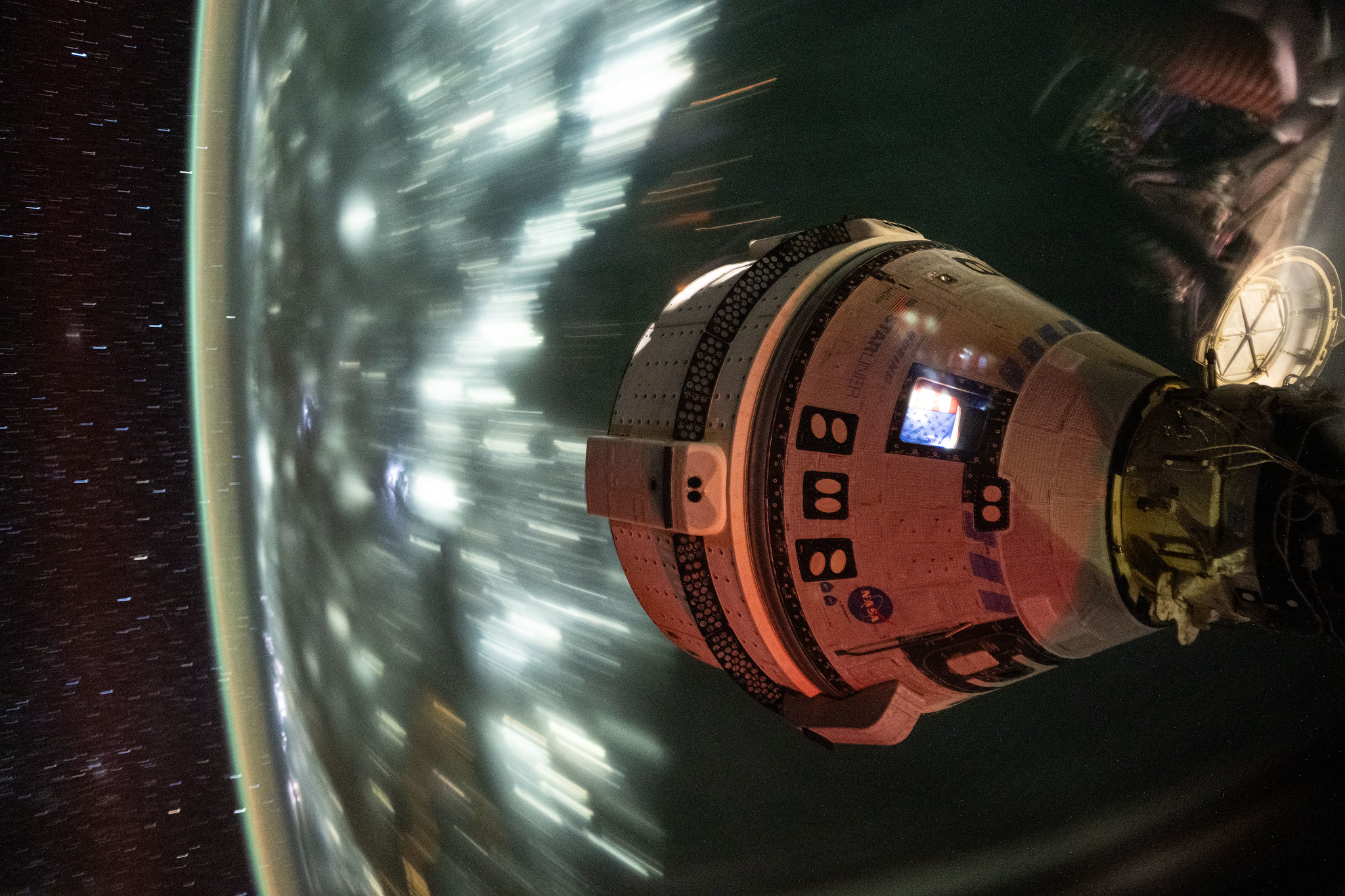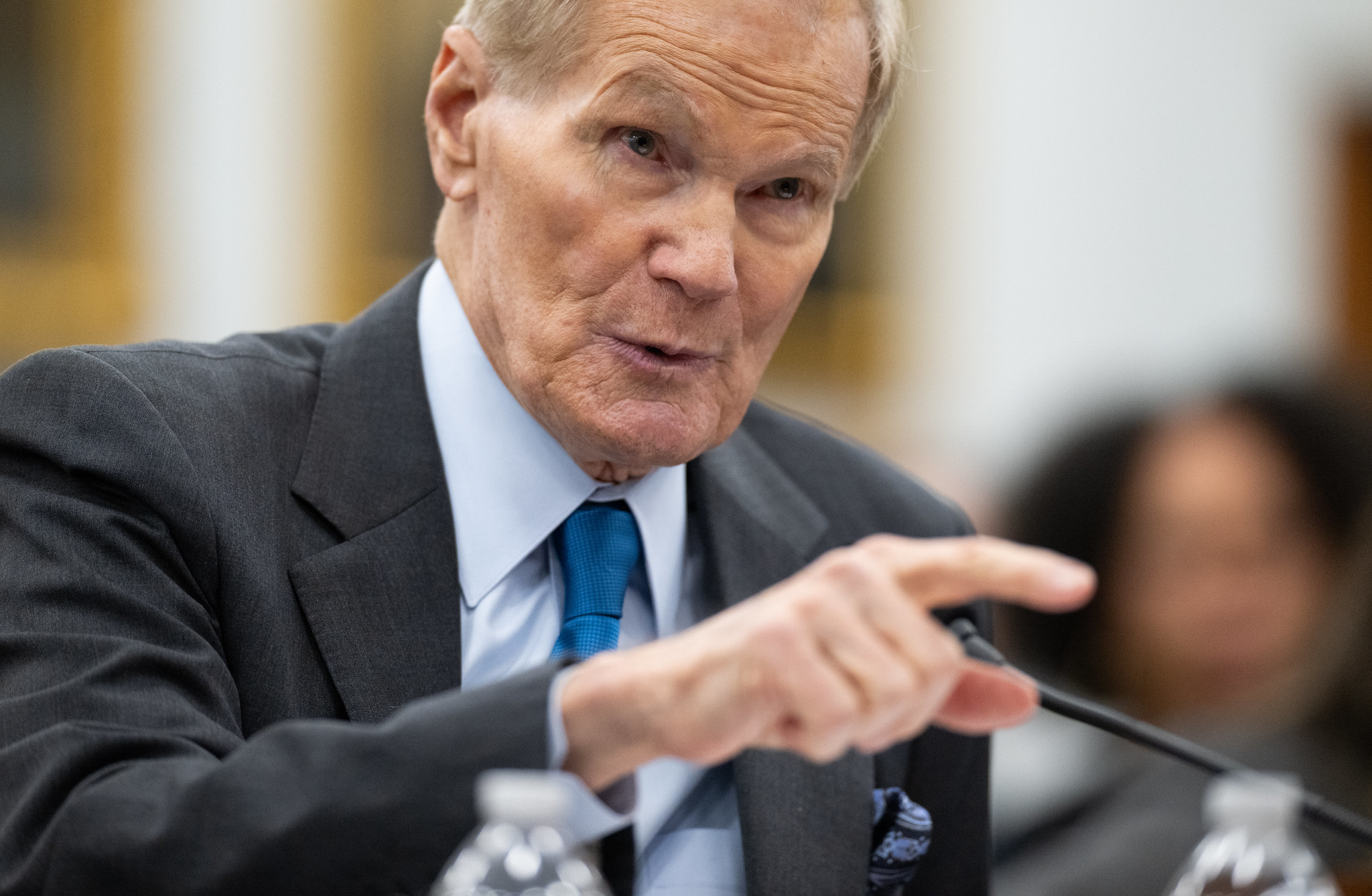WASHINGTON — NASA now expects to make a decision by late August on whether NASA astronauts will return on Boeing’s CST-100 Starliner spacecraft as the agency outlined the process it will take to reach that decision.
At an Aug. 14 briefing, Ken Bowersox, NASA associate administrator for space operations, said a flight readiness review regarding Starliner’s return to Earth is now planned for late next week or early the following week, which would be the last week of August.
That is a somewhat later schedule than what the agency offered at the previous Starliner briefing Aug. 7. At that time, officials said they expected to make a decision around the middle of August about whether astronauts Butch Wilmore and Suni Williams, who launched on the spacecraft in June, would come back on the spacecraft or remain on the station until early 2025. If they remain, Starliner would make an uncrewed return while the two astronauts would return in early 2025 on the Crew-9 Crew Dragon launching in September.
At the latest briefing, Bowersox said there were no “major announcements” about the ongoing review of Starliner, which remains focused on the performance of its reaction control system (RCS) thrusters. Five of those thrusters malfunctioned during the spacecraft’s approach to the International Space Station, and NASA has mobilized experts from across the agency to understand what happened to the thrusters and if they are susceptible to similar problems during Starliner’s return to Earth.
The focus on that work remains on understanding what is going on in the RCS thrusters. “The major piece of analysis that we’re waiting for is a detailed 3-D model of the system inside the valve to see if we can model the effects,” he said. That would support a program control board meeting that would offer a recommendation on whether astronauts should return on Starliner that would then be considered by the management-level flight readiness review.
“We’ve got some flexibility there,” Bowersox said of the schedule of the decision-making process for Starliner. “We need to maintain that flexibility so that we make sure that we’re ready for the meeting before we have it.”
That schedule flexibility, though, has its limits. “We can juggle to make things work if we need to extend, but it’s getting a lot harder,” he said, citing use of consumables by the crew and the need to free up the docking port Starliner is at. “We’re reaching a point where, in that last week of August, we really should be making a call, if not sooner.”
Much of the briefing focused on the decision-making process itself rather that the status of Starliner. Bowersox said there is no consensus yet at program control board meetings, including one last week, about whether the risk is acceptable for Williams and Wilmore to return on Starliner.
“We really did sort of an informal polling,” he said. “There were some folks who said, hey, if we can get this data, we could get to yes. There were some who said, hey, we think we’re at a no. And then there were some that were at a yes.” He added the board has yet to make a recommendation, and thus there are no formal dissenting opinions.
“I considered our last conversation to be a really good opportunity for everybody who’s been soaking in all of the data that we’ve been collecting to provide an update on where they are in interpreting that data,” said Emily Nelson, NASA chief flight director. That provided an “open list of questions” for further study.
Russ DeLoach, chief of NASA’s Office of Safety and Mission Assurance, said the main conclusion he took from the earlier meeting was that they needed more data to make an informed decision. “It really was, ‘Do you feel like you have all the data you would need now to make a good decision?’” he recalled. “To me, most people were at, ‘No, we need a little more work.’”
Those officials said they are cognizant of the lessons learned from the Challenger and Columbia accidents, where dissenting views were not expressed or were ignored. “I’ve been very hyper-focused lately on this concept of combating organizational silence,” DeLoach said. “I recognize that may mean at times we don’t move very fast because we’re getting everything out, and I think you see that at play here.”
Another difference, DeLoach said, is the governance structure now that did not exist at the time of the two shuttle accidents, with independent technical authorities. His office is one of three such authorities, along with the chief engineer and chief health and medical officer.
He said a “robust exchange of viewpoints is a necessary aspect of a healthy safety culture important to the success of human spaceflight” and is “occurring as it should as we work through this issue.”
Joe Acaba, NASA’s chief astronaut, said Wilmore and Williams are being kept up to date on those discussions. “I do ask for their opinion, but when I talk to them they are relying on us on the ground to analyze the data and to come up with a decision,” he said, with no preference on either coming home on Starliner or extending their stay on the ISS. “They will do what we ask them to do, and that’s their job as astronauts.”
He described how the two veteran astronauts, who also are test pilots, knew going into the Crew Flight Test (CFT) mission that this was a test flight with a higher risk than a typical crew rotation mission to the station. He said they knew that their time on the station, originally planned to be as short as eight days, could be extended.
“When we talk about these flights, you should go in with the expectation that you’re going to do a long-duration mission,” he said. “I spoke to them in the last day or so and they’re doing fine.”
Acaba noted that he has also talked recently with the four members of the Crew-9 mission. If NASA decides not to have Starliner perform a crewed return, two of the four people assigned to Crew-9 would be bumped to free up seats for Wilmore and Williams.
“They are definitely informed of what is going on with CFT and the potential impacts it could have on their flight,” he said. “As professionals, they’re doing great. We are all concerned for the crew that is on orbit, and they are willing to do whatever it takes to support those crewmembers.”



